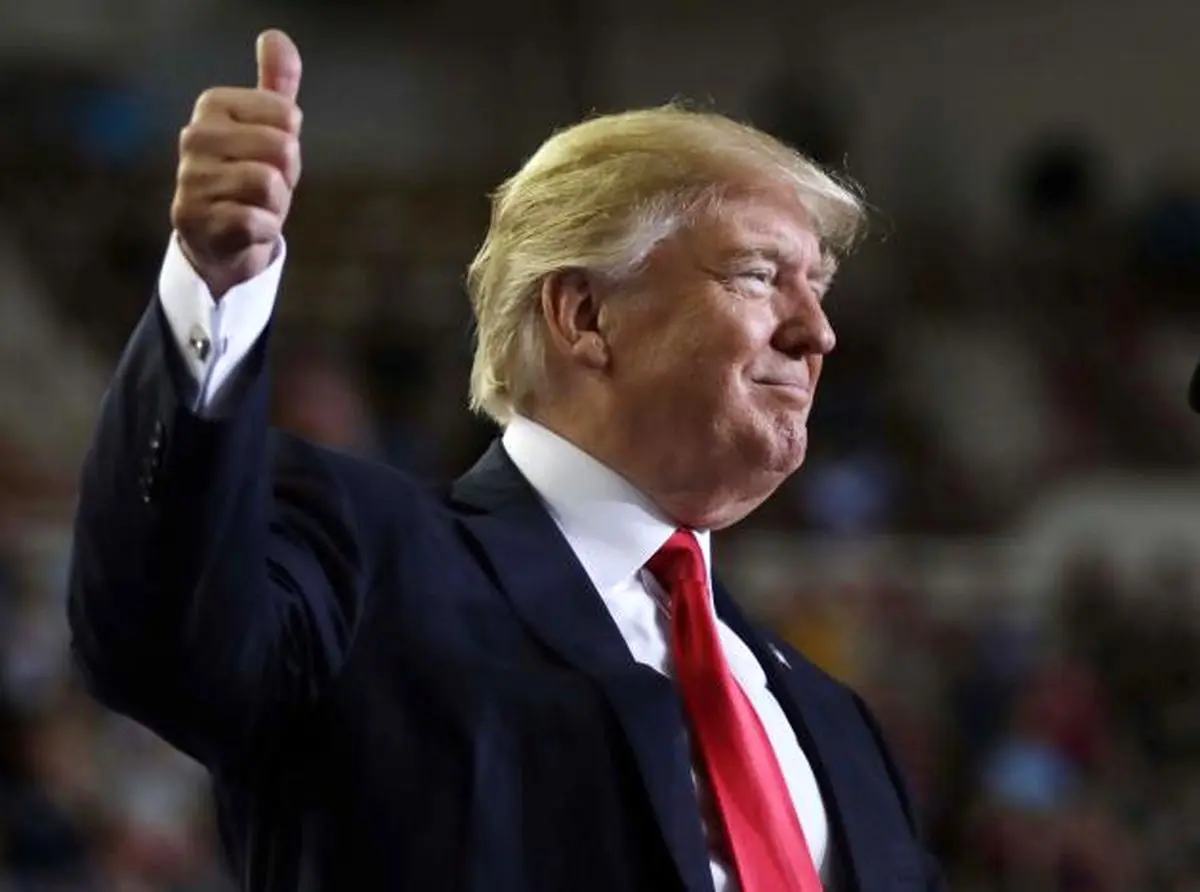US lowers bar for extending Iran sanctions relief

The United States has sketched out a path under which three key European allies would simply commit to try to improve the Iran nuclear deal over time in return for US President Donald Trump keeping the pact alive by renewing US sanctions relief in May.
According to financial tribune, the approach, outlined in a recent US State Department cable obtained by Reuters and an interview with a senior department official last week, still faces obstacles. The European allies are uncertain what will satisfy Trump and are reluctant to make such a commitment only to find that he asks them for more, two European officials and two former US officials said.
The cable’s characterization of what the United States wants from the Europeans, sets a lower standard than laid out by Trump in January and so might facilitate a meeting of the minds, five current European and four former US officials said.
“We are asking for your commitment that we should work together to seek a supplemental or follow-on agreement that addresses Iran’s development or testing long-range missiles, ensures strong IAEA [the UN nuclear agency] inspections, and fixes the flaws of the ‘sunset clause,’” said the cable.
The crux of the July 2015 agreement between Iran and six major powers—Britain, China, France, Germany, Russia and the United States—was that Iran would restrict its nuclear program in return for relief from sanctions that had negatively affected its economy.
Trump’s Demands
Trump sees three defects in the deal: its failure to address Iran’s ballistic missile program; the terms under which international inspectors can visit Iranian nuclear sites; and “sunset” clauses under which limits on the Iranian nuclear program start to expire after 10 years. He wants all three strengthened if the United States is to stay in the deal.
Trump delivered an ultimatum to the European powers on Jan. 12, saying they must agree to “fix the terrible flaws of the Iran nuclear deal” or he would refuse to extend the US sanctions relief on Iran that it calls for. US sanctions will resume unless Trump issues fresh “waivers” to suspend them on May 12.
“This is a last chance,” he said.
Reaching a full-blown international accord by the May 12 deadline is seen as an impossibility by some US and European officials even if there was agreement on the underlying issues, which there is not.
Two-Phase Process
In an interview last week, a senior US State Department described the effort with the Europeans as a two-phase process.
During the first, from Jan. 12 to May 12, the United States will seek to get the Europeans to agree on the weaknesses that need to be fixed, he said.
“We want a commitment from them that these are the deficiencies that need to be addressed ... and an agreement that we will seek an agreement. That’s it,” he said.
The second phase, to begin immediately after May 12, would take that understanding to the other parties to the deal—Iran, Russia and China—to see if there was some way to address these issues.
Possible Avenues
The official said there were three possible avenues to do this: amend the existing pact, negotiate a supplemental agreement, or seek a new UN Security Council resolution to make the changes.
If the United States were to pursue a supplemental accord, which is common in arms control, it would want the support of Iran, Russia and China but could live with just the agreement of Germany, France and Britain, the senior US official said.
In such a scenario, the four western nations could create their own supplemental agreement to reimpose sanctions if the Iranians violated any of the new conditions that they would set.
European officials said in interviews they did not know if the view laid out in the State Department diplomatic cable—sent to US diplomats in London, Paris, Berlin and Brussels to deliver to their counterparts—will prevail in Washington.
END
